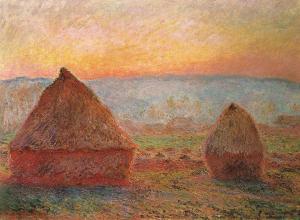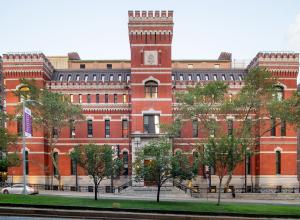Founded in 1969— predating UNESCO’s 1970 Convention, formed to combat the illegal trade of cultural items— this specialized task force oversees all cultural arts-related crimes. Working extensively in the sectors of archaeology, antique dealing, fakes, and contemporary art, this raid was not Carabinieri’s first, nor will it be their last.
After arriving on scene, police discovered more than just a few counterfeit pieces. Instead, a forgery operation lay at their fingertips, as an entire room of the home was reserved specifically for this fraudulent workshop.
71 paintings were found, including replications of works by Picasso, Rembrandt, Paul-Émile Pissarro, Jean Cocteau, Dora Maar, and other famous artists, all in various stages of completion. Some even resided half-finished on the forger’s desk, already slyly marked with an imposter signature.

























![DEl Kathryn Barton [Australian b. 1972] the more than human love , 2025 Acrylic on French linen 78 3/4 x 137 3/4 inches 200 x 350 cm Framed dimensions: 79 7/8 x 139 inches 203 x 353 cm](/sites/default/files/styles/image_5_column/public/ab15211bartonthe-more-human-lovelg.jpg?itok=wW_Qrve3)


